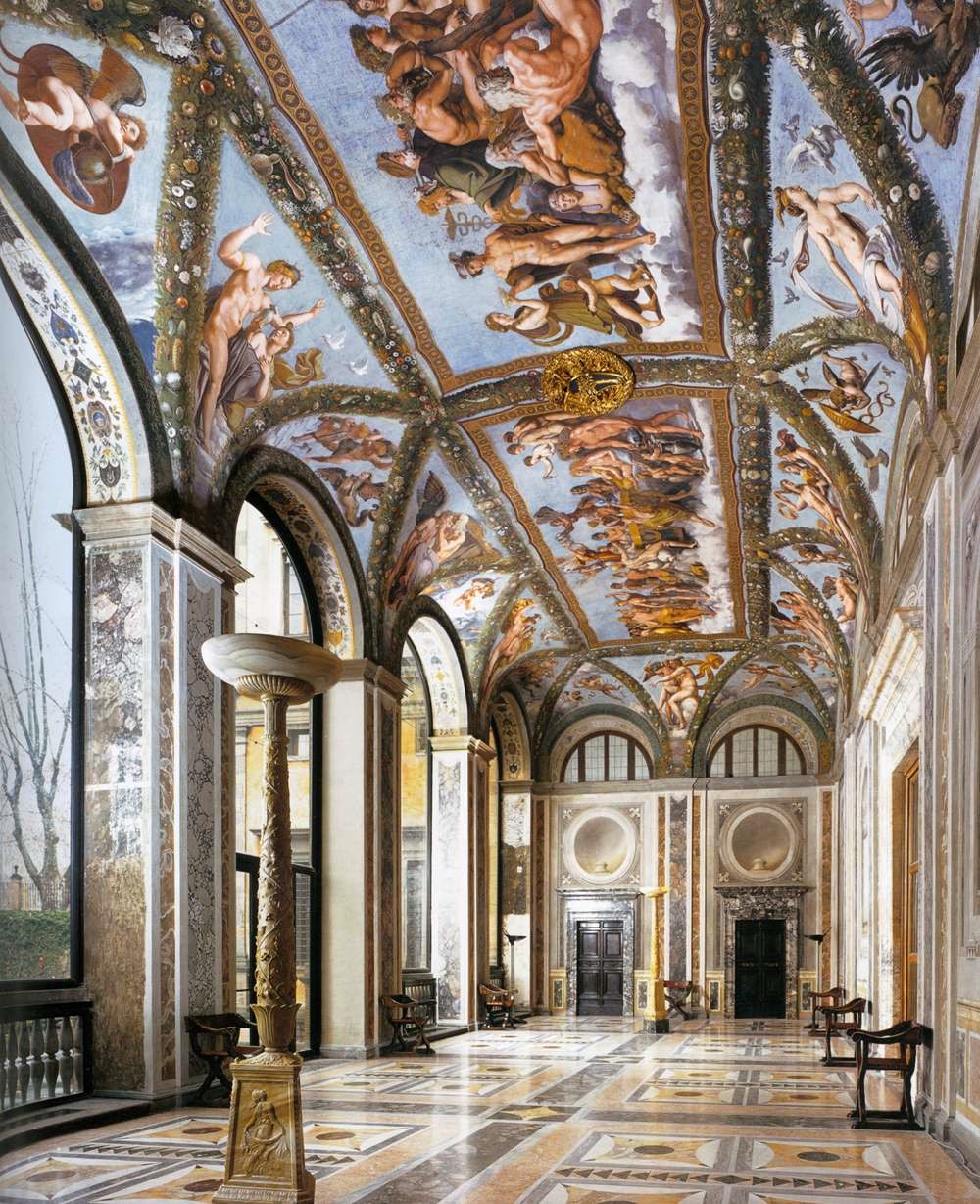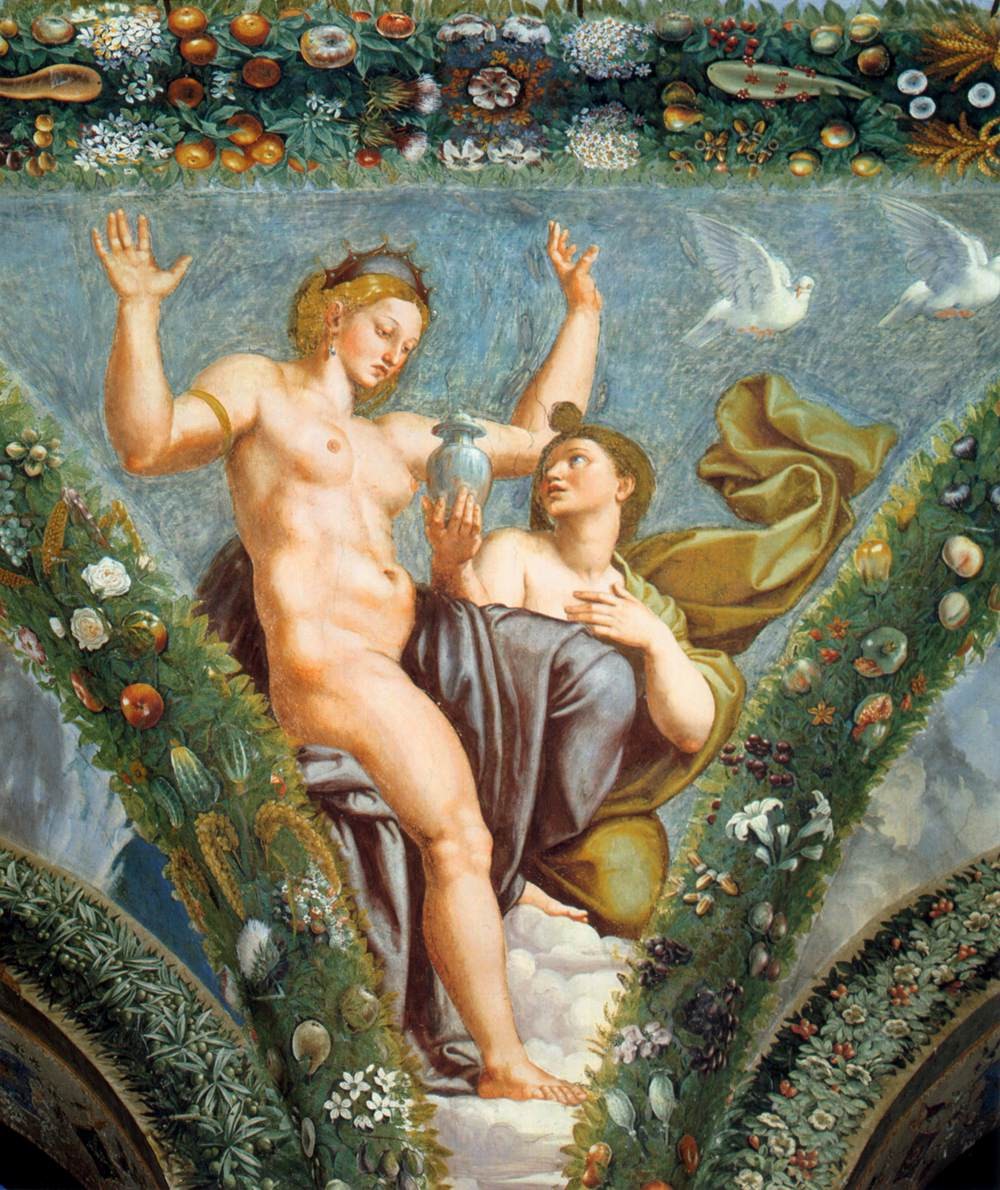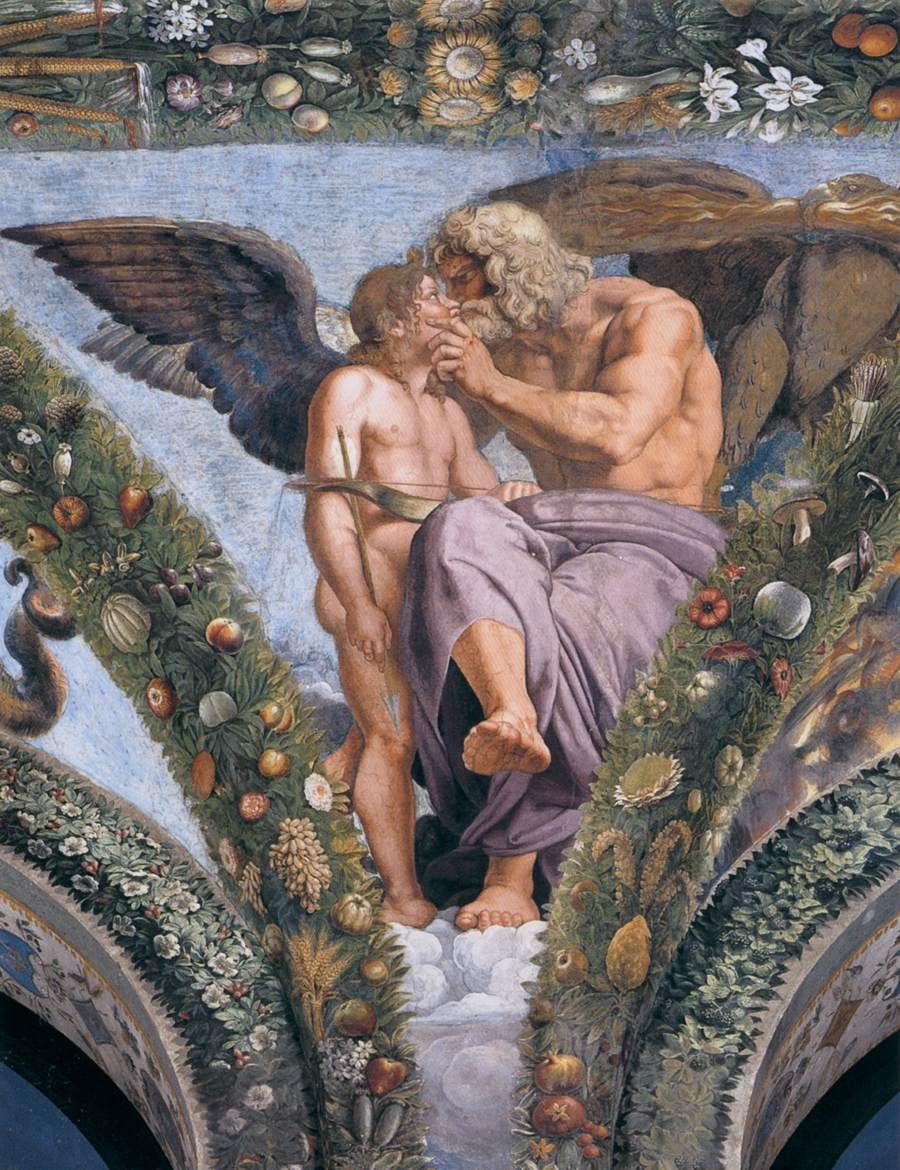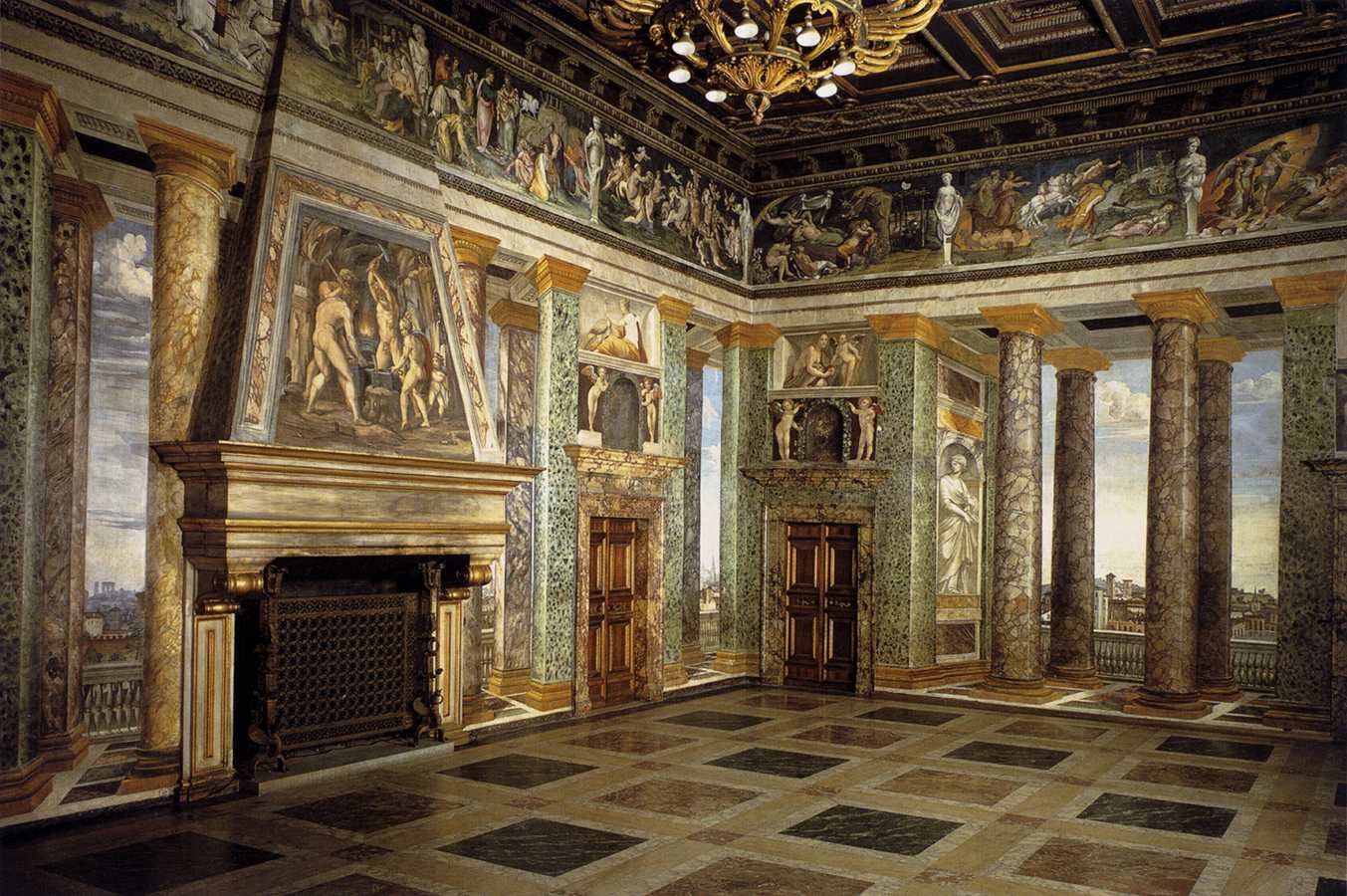In his book The Architecture of Happiness (2006), Alain de Botton argued that the space a person inhabits significantly influences who they can be. Looking back to the 16thcentury shows us that this idea is not a new phenomenon, and buildings, their design and their decoration played a key role in Renaissance self-fashioning. During a period renowned for its revival of antiquity, Sienese banker and patron of the arts Agostino Chigi (1466-1520) took part in the booming ‘villa culture’, whereby wealthy citizens of Rome revived the ancients’ practice of building lavish suburban villas to escape from the heat and the crowds of central Rome. Restoring the spirit of ancient Rome and recapturing Horace’s writings on the ideal division of life into work and leisure, Chigi’s Villa Farnesina is a perfect expression of the Roman pleasure villa, as well as an attempt to identify with the grandeur of the ancients.
Constructed on the Via della Lungara, a thoroughfare to the Vatican along which Pope Julius II encouraged the building of villas, the Villa Farnesina was finished in 1511 to the designs of Baldassare Peruzzi (1481-1536). The Sienese architect planned the Villa along the lines of classical Roman precedents using literary descriptions along with archaeological remains to inform his designs. The result is a building of harmonious, Humanist proportions. The open arcade to the north provided relief from the heat, while mirroring the rhythms of the nearby Colosseum and allowing the sweet fragrances of the exotic fruits and flowers in the garden to intoxicate visitors, all the while consolidating the wealth and extravagance of Chigi himself.
The Villa Farnesina is as noteworthy for its sumptuous interior decoration as it is for its architecture. Raphael (1483-1520) and his workshop are responsible for much of the fresco work, and Chigi’s choice to employ the Pope’s favoured painter makes as clear an impression of his links to the papacy as his placement of the della Rovere (Julius II’s family name) coat of arms in the centre of the loggia ceiling. The fresco cycles, indebted to tales from classical mythology, complement the architectural forms and extend the notion of a revival of antique culture. Furthermore, the lavish paintings of Raphael’s workshop employ expensive pigments, inventive and visually exciting illusionism, as well as garlands of exotic flora to bolster Chigi’s persona as a modern formulation of a wealthy Roman statesman.
In 1519, upon completion of the interior decoration, Chigi was wed to his long-time mistress Francesca Ordeaschi, daughter of a poor Venetian merchant. The wedding took place in the Villa, in the Loggia of Cupid and Psyche, and was legitimised and overseen by Pope Leo X. This union is sometimes perceived by scholars to interact with the fresco cycle above, which demonstrates the trials Psyche underwent as a mortal wishing to wed the divine Cupid. Both the frescoed decoration and the architecture therefore demonstrate Agostino Chigi’s efforts to identify with the culture of ancient Rome, taking an active role in the Popes’ efforts to restore to the Eternal City the prestige and supremacy it had once enjoyed.
Reference: John Marciari, Art of Renaissance Rome: Artists and Patrons in the Eternal City. London: Laurence King Publishing Ltd, 2017.
Baldassare Peruzzi, Villa Farnesina, 1506-11, Rome.
Raphael and workshop, Loggia of Cupid and Psyche, 1517-19, fresco, Villa Farnesina, Rome.
Venus and Psyche, 1517-19, fresco, Villa Farnesina, Rome.
Cupid Pleads with Jupiter for Psyche, 1517-19, fresco, Villa Farnesina, Rome. The Wedding Banquet of Cupid and Psyche, 1517-19, fresco, Villa Farnesina, Rome.
Baldassare Peruzzi, Hall of Perspectives, fresco, 1516-17, Villa Farnesina, Rome.
(Images: Web Gallery of Art)
Further Reading: David R. Coffin, The Villa in the Life of Renaissance Rome, Princeton: Princeton University Press, 1979.





